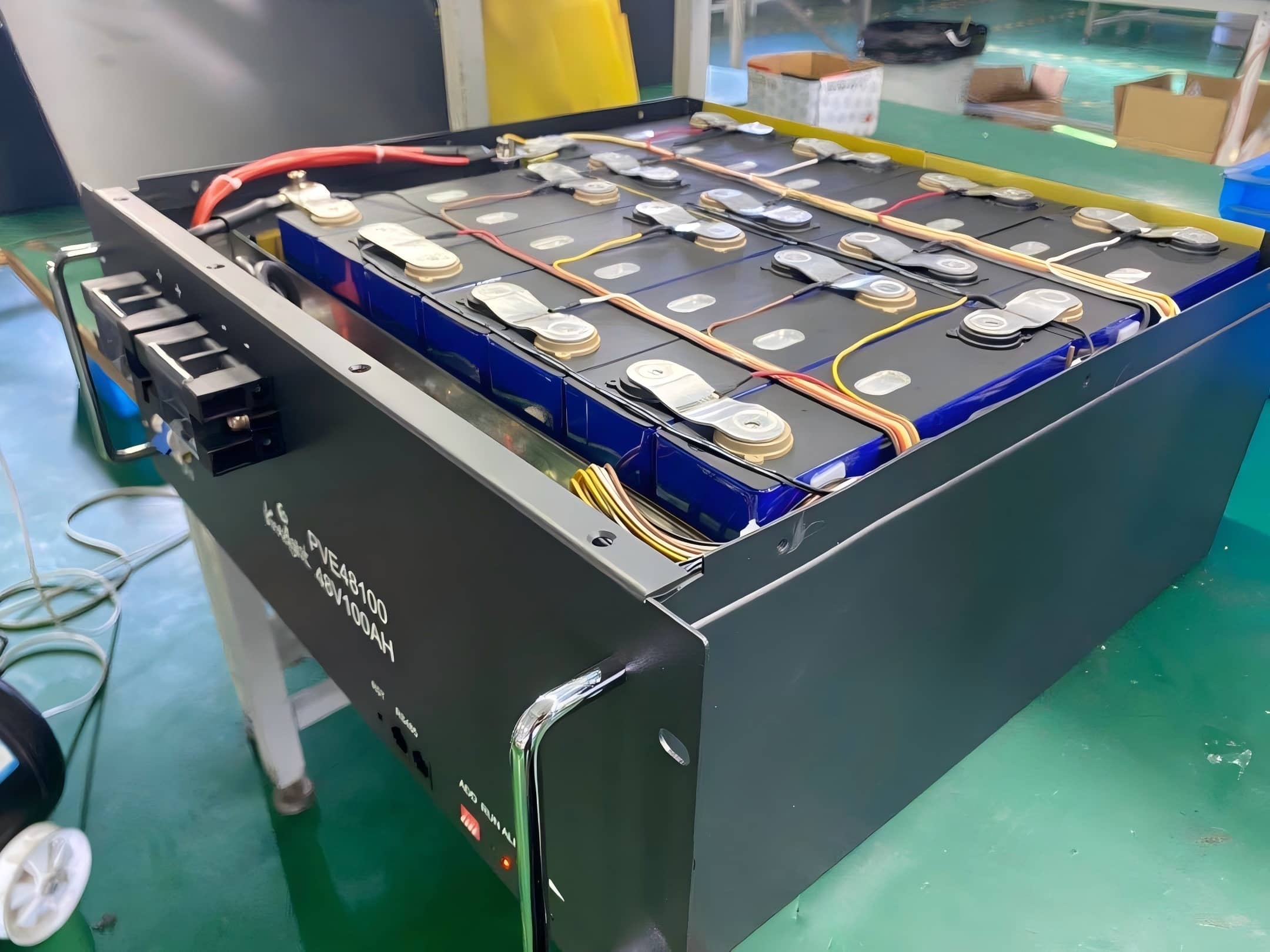Blog
Can I Mix Different LiFePO4 Batteries in a Pack?
2025-06-19 | Eric

Mixing different brands of LiFePO4 batteries is technically possible but strongly discouraged. While it might seem like a cost-effective solution or a way to extend the life of leftover batteries, combining batteries from different manufacturers often leads to reduced performance, safety risks, and shortened overall lifespan. In this article, we’ll break down the technical reasons behind these issues and explain why sticking to uniform battery packs is critical for optimal operation.
Performance Inefficiencies Caused by Mixing LiFePO4 Batteries
When batteries from different brands or models are mixed, several performance problems typically arise:
- Voltage Inconsistencies: Each battery brand designs its cells with specific nominal voltages. When mixed, batteries with higher voltages are forced to discharge at the level of the lowest-voltage unit. This imbalance stresses the cells, potentially causing damage over time.
- Capacity Mismatch: Batteries with different amp-hour (Ah) ratings discharge unevenly. Smaller capacity batteries drain faster, reducing system efficiency and risking over-discharge damage.
- Variation in Internal Resistance: Differences in manufacturing and materials mean internal resistance varies between brands. Batteries with higher resistance restrict current flow, lowering the total output and creating uneven load distribution.
These factors lead to suboptimal system performance, inefficiencies, and early wear.
Safety Risks of Mixing LiFePO4 Batteries
Beyond performance, mixing battery brands can introduce serious safety hazards:
- Overcharging and Overdischarging: In a mixed pack, some batteries may overcharge while others undercharge due to mismatched characteristics. Overcharging can cause overheating; overdischarging may cause irreversible cell damage.
- Short Circuits and Thermal Runaway: Electrical incompatibilities increase the risk of faults such as short circuits or thermal runaway — scenarios that may lead to fires or explosions.
- Uneven Load Distribution: Physical design differences (for example, cylindrical vs. prismatic cells) can create uneven mechanical stresses and heating, increasing failure risk.
Safety is paramount when working with LiFePO4 battery systems, making uniformity essential.
Impact on Battery Lifespan
Mixed battery packs tend to degrade faster due to the imbalance in charge and discharge cycles:
- Battery Management System (BMS) Challenges: BMS units are optimized for uniform packs. Mixing brands confuses the BMS’s balancing algorithms, which can cause improper charging, discharging, and increased wear.
- Uneven Aging: Batteries age at different rates depending on chemistry, usage, and manufacture date. Combining new and old or different brands accelerates aging for weaker cells, reducing overall pack life.
Maintaining battery longevity requires consistent cell chemistry and specifications.
Charging Challenges with Mixed LiFePO4 Packs
Charging mixed-brand batteries creates additional technical complications:
- Unequal Charging Rates: Different internal resistances and capacities cause some cells to charge faster than others. This leads to overcharge risk on some batteries and undercharge on others, reducing overall efficiency.
- Parallel Charging Considerations: Although batteries with identical voltage ratings but varying capacities might be charged in parallel, this setup is far from ideal. Performance and safety are still compromised compared to matched packs.
Proper charging protocols rely on uniform battery specifications.
Effects on Connected Equipment
Mixed battery packs don’t just affect themselves — they can also impact the devices they power:
- Unstable Voltage and Current: Inconsistent discharge causes voltage fluctuations that can damage sensitive electronics or reduce device reliability.
- Increased Maintenance Needs: Mixed systems require more frequent monitoring and manual balancing, increasing operational complexity and costs.
Ensuring stable power delivery means using matched batteries.
Real-World Analogy
Think of a mixed-brand battery pack like a sports team made up of players with different skill levels. The slower or weaker members force the entire team to slow down, limiting overall performance. Similarly, weaker batteries in a mixed pack limit the stronger ones, leading to inefficiencies and increased risks.
For instance:
- Charge Time Differences: Some batteries might need 10 minutes at 14.4V, while others require 20 minutes at 14.6V. Such discrepancies put stress on the BMS and reduce system effectiveness.
- Uneven Wear: Different brands wear out at different rates, causing imbalances that degrade safety and performance.
Manufacturer Recommendations
Most LiFePO4 battery manufacturers explicitly warn against mixing different brands or models. Variations in design, materials, and manufacturing processes mean that mixed battery packs will almost always have inconsistent performance and safety profiles.
Conclusion
From a technical standpoint, mixing different brands of LiFePO4 batteries introduces voltage mismatches, capacity imbalances, safety hazards, and accelerated degradation. To ensure optimal performance, safety, and lifespan, always use batteries from the same manufacturer, with matching specifications and production batches. If you’re building or maintaining a LiFePO4 battery system and need expert advice on selecting compatible batteries, feel free to reach out.
Popular Articles
Contact Details
Worktime :Monday to Friday 9am - 6pm (HKT)
WhatsApp/Wechat/Mobile :+86XXXXX
Email : info@lifepo4cellstore.com
